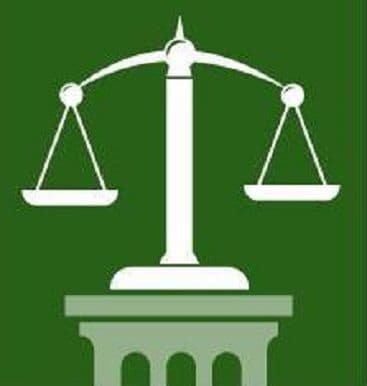Under Washington personal injury law an injury victim must prove negligence and proximate causation.
After establishing negligence and proximate causation the injury victim must prove damages. There are various types of damages that are recoverable upon proof by the injury victim. The compensable elements of personal injury damages under Washington personal injury law are established by case law and statute.
In Washington personal injury damages are defined in both case law and statutes.
The elements of compensatory damages for personal injuries are: (1) pain incident to physical injury, commonly called physical pain; (2) various forms of mental suffering and anguish; (3) actual loss of time or earnings and impairment of earning capacity; (4) reasonable cost of necessary medical treatment, hospital care, nursing services, and related expenses; (5) physical disability or what is popularly referred to as the incapacity to lead a normal life; and (6) other expenses incurred because of the injuries.[1]
“Economic damages” means objectively verifiable monetary losses, including medical expenses, loss of earnings, burial costs, loss of use of property, cost of replacement or repair, cost of obtaining substitute domestic services, loss of employment, and loss of business or employment opportunities.
“Noneconomic damages” means subjective, nonmonetary losses, including, but not limited to pain, suffering, inconvenience, mental anguish, disability or disfigurement incurred by the injured party, emotional distress, loss of society and companionship, loss of consortium, injury to reputation and humiliation, and destruction of the parent-child relationship.[2]
Pain and suffering damages are by their nature difficult to valuate. As one court observed “the rule for measuring damages for pain and suffering, past, present, and future, is that there is no standard by which to measure it except the enlightened conscience of impartial juries”.[3]
This short summary is not a substitute for legal advice. Contact us for a no cost, no obligation evaluation of your injury claim. There is no attorney – client relationship until an attorney agrees to accept your case.
[1] Paris v. Johnson, 3 Wn. App. 853 at 859, 479 P.2d 91 (1970).
[2] RCW 4.56.250(1)(a),(b).
[3] Braddock v. Seaboard Airline R. Co., 80 So.2d 662, 667 (1955). And see Damages in Tort Actions, Ch.4, Pain and Suffering (Matthew Bender).
